
Creative Cornucopia
JMC’s new Ultimo campus provides a formidable proving ground for the creative industries.
Text:/ Robert Clark
Images:/ Daniel Sievert
JMC Academy has been a well-known fixture in the leafy suburb of Surry Hills since 1982. This year, however, it was time to branch out, and it has expanded its campus to a multi-level complex in bustling Ultimo. The large new premises, which opened its doors in February, has presented many opportunities for the popular creative industries college, but it has also thrown up some interesting challenges.
Jostling through the corridors of this brightly coloured yet minimalist-chic campus are students with a wide array of interests. Some spend their days sculpting 3D animated figures, others huddle over mixing consoles crunching bass lines and some squint at green screens through HD cameras.
They may come from far and wide, but students from every discipline all share a large auditorium space on Level Two. With such a diverse range of inhabitants and possible functions, this venue has undergone a few changes already.
THEATRE OF DREAMS
The PA People was hired to lead the fitout of the auditorium. The brief was broad: the space needed to function as a lecture theatre and a performance space for anything from drama to bands — but within those loose confines… the school was happy to be led. Brett Steele, Manager of Installed Systems at The PA People explains, “the college itself didn’t have any particular choices of equipment so they left it up to us to suggest some options. The only two criteria they mentioned was they wanted a self-powered speaker system to keep the clutter down on the ground level in terms of amp racks and processing, and they wanted a digital console.”
The chosen console was a Yamaha LS9-32, largely due to the fact JMC has been using one at its Victorian campus with reliable results. To keep the floor clean, 18-inch subs are flown and sit nestled behind two JBL VRX900 line arrays. The subs don’t form part of the array simply because they don’t have the ceiling height (what’s more, 40Hz in the face may not be that conducive to positive learning outcomes).


ACOUSTIC CHALLENGES
At just over 17 metres long and a little under 12 metres wide, with a flat timber floor and Hebel block walls, the auditorium remains an acoustic work in progress. Presently, large squares of PrimeAcoustic ‘Broadway’ panels are installed around the sides and back of the space, with thick curtaining behind the stage. This has provided some dampening but there is still more to be done, and indeed, the very form and function of the auditorium is still evolving. Possibilities for the future include tiered seating and a carpeted floor.
For lighting, Brett Steele and his team provided a traditional setup with room for expansion. A Smartfade 2496 console helms a 24-channel dimming system through a Jands WM Patch and WMX dimmers, and DMX distribution is supplied to the bars and control points to allow for smart LED and/or moving lights in the future. A smattering of PAR cans are currently occupying the rig, but these will be joined by a more diverse array of luminaires as the need arises.
The data system down to the AV plates and patching points were all pre-spec’d before The PA People entered the building, so their job was to tie it together in a way that lecturers and visiting speakers/artists could easily manage. To achieve this, an AMX control system is employed. Steele explains that various ‘states’ have been pre-programmed to cover different scenarios. “In simple mode,” he says, “it provides the ability to plug a couple of mics and a computer in and, pretty well with a one-button touch, get up and going. And then they can drop the screen and turn the projector on. For the performance modes you can break open the Yamaha digital mixer.” A BSS Blu100 signal processor with a Blu10 in-wall controller adds preset audio setups to a user-friendly AV configuration overall. As yet, however, few lecturers have utilised the space for teaching – it is mostly used for performances and workshops.
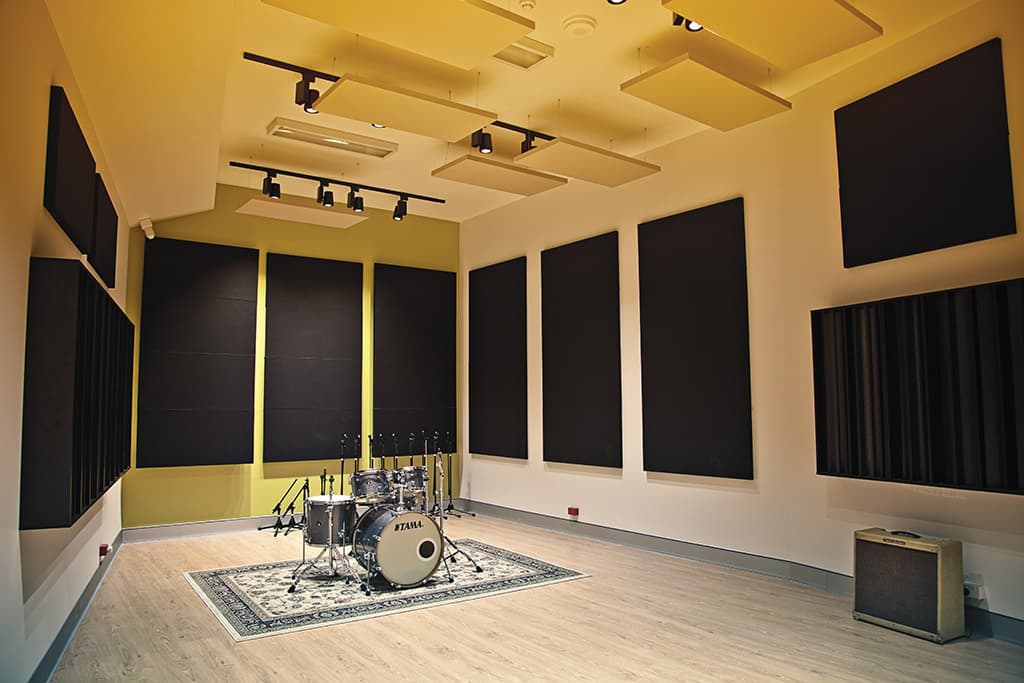

SMART OR BORED?
The balance between providing tech tools that are user-friendly yet advanced enough to offer maximum effectiveness is a delicate one. CEO George Markakis was keen to explore his options, and when it came to deciding upon technology to be installed in each lecture room, he weighed up the pros and cons of ‘smart boards’ versus interactive projectors. “We tried to look at value for money,” he reflects, “and we thought, to fit out 15 rooms or thereabouts with $12,000 smart boards as opposed to $3000 projectors, we need to be sure our guys will use smart boards to full effect. And ultimately we couldn’t really justify the price difference, because we looked at what our lecturers used them for and some just wanted a traditional projector and a white board. The interactive projector allows them to have that functionality as well.”
Lecturers who fall into the ‘early adopter’ category, however, have embraced the Epson EB range of short throw interactive projectors. Markakis cites examples of teachers who project video content, freeze-frame scenes of interest, draw on the image to indicate features such as the direction of light, then save that image and either upload it to a shared folder or email it directly to students. Markakis says this is the kind of use he’s encouraging all his staff to embrace, but admits there remain some teachers who say, “I just want to show a YouTube clip.” It’s a work in progress.
SINGULAR DESIRE FOR DUALITY
One piece of kit that Markakis had no doubts about acquiring is the SSL Duality mixing console in the school’s main recording studio. It’s certainly a sight to behold, but his reasons extend beyond the superficial. “We try to instil in the students a thorough understanding of basic analogue signal flow as well as modern DAW workflow, and the Duality makes both available at the push of a button.” He adds, “as far as I’m concerned, the Duality is the best you can get in terms of modern mixing consoles.” Interestingly, students don’t start out on the SSL, they actually cut their teeth on a Toft ATB24 console, which is entirely analogue and specifically built for audio recording. Moreover, its colour-coded knobs and intuitive layout make it well suited for students grappling with the basics of gain structure and signal flow.
“”
It’s all about having the opportunity to create; to generate your own kind of work and generate your own income.



SDI PLUMBING
Students in the film and television production courses have also benefited from the upgraded facilities. One of the big advantages for these students is that their main production studio is much larger than the old Surry Hills space. The head of film and television at JMC, David Bell, likes the fact they now have the ability to work in multiple angles and incorporate a green screen when they shoot lengthways across the space. Through a campus-wide SDI connection, film and TV students can also play out a number of broadcast scenarios within the building itself. Bell explains, “we can have a multi-cam setup in the auditorium feeding back to our control room, or a camera downstairs in the student lounge for instance. We can also be on the roof for a simulated live cross scenario and once again back to the control room. So the students have this sort of flexibility and can experiment further with location cameras during a broadcast.”
JMC’s longstanding relationship with JVC continues, and the new studio boasts three JVC GY-HM790 E cameras. Beginner and documentary students handle JVC HM 600U units, which they use for multi-cam scenarios as well. Complementing these are Sony FS700 and Panasonic AF100 cameras for short films, music videos and television commercials.
In addition to the sizeable investment in production technology and facilities, pre- and post-production disciplines are a key focus for film and TV students as well. Bell describes this approach as a ‘holistic’ one, explaining that “the students also need to be operating as the key creative practitioners: producers, directors, cinematographers and editors – those career paths where they’re coming up with the creative concepts.” George Markakis adds that this emphasis on diversity is in response to the vicissitudes of the industry: “We don’t want students’ opportunities to be limited; not just waiting for that production to happen. It’s all about having the opportunity to create; to generate your own kind of work and generate your own income.”
CONSTANTLY EVOLVING
Preparing students for a career in the ever-evolving creative industry must be a constant challenge for higher education providers. And JMC is clearly aware that facilities alone will never do the whole job. But as David Bell notes, “it’s interesting how AV now is really part of education. You can’t do without it.” It will be fascinating to see how audiovisual technologies continue to evolve at the Ultimo campus as it responds both to the needs of students and advancements in the industry.
Links
JMC Academy: www.jmcacademy.edu.au
The PA People: www.papeople.com.au



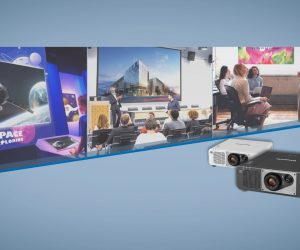


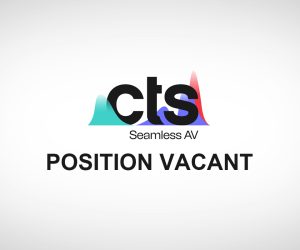

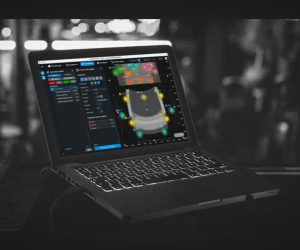

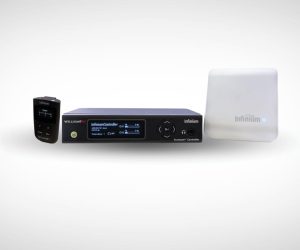
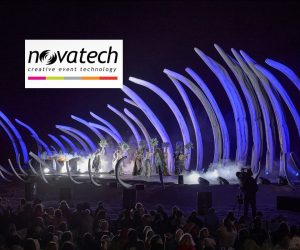



RESPONSES